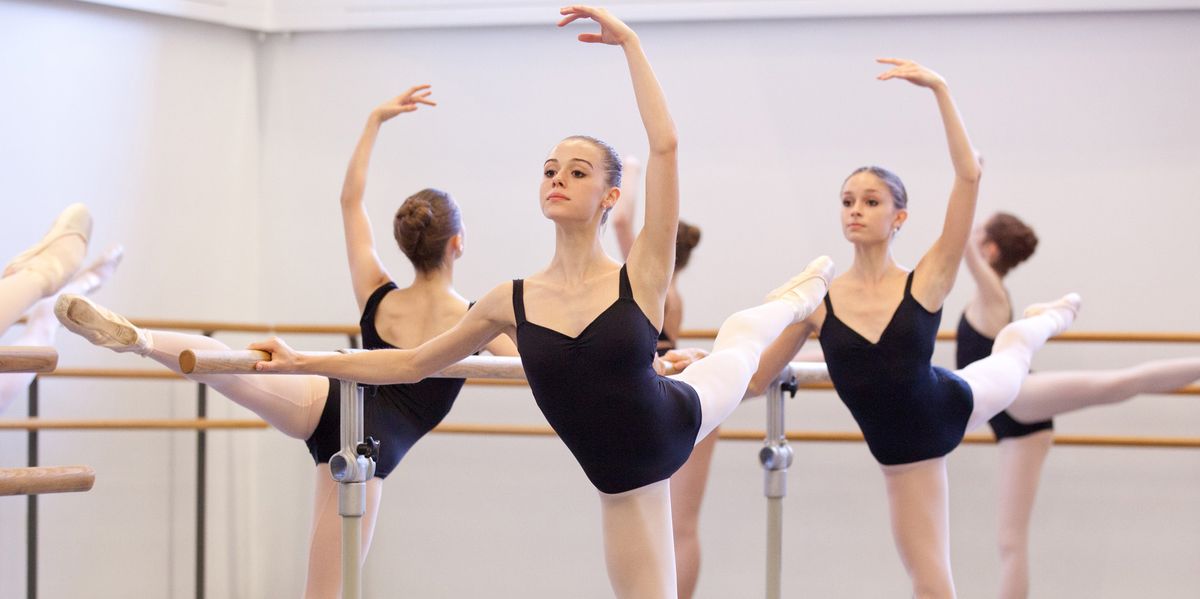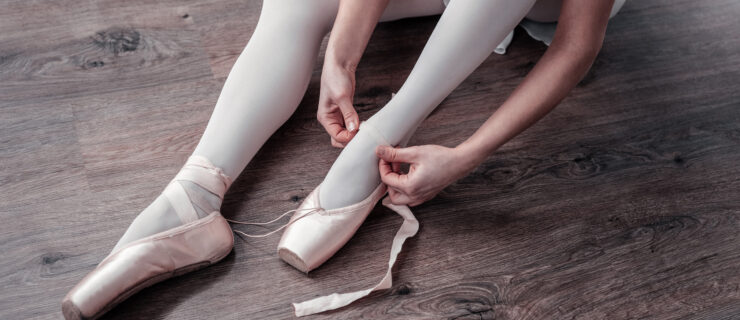Get In Shape for Your Summer Program With This Week-By-Week Guide
Summer intensives can be a shock. Switching from five classes a week to five a day is a big jump—especially if you spent a month relaxing after the school year ended. “Unfortunately, many students come out of shape, and they suffer because of that,” says Pacific Northwest Ballet School principal Abbie Siegel.
To get the most out of an intensive, you need to arrive prepared. Fine-tune your body strategically by taking a play from the sports world: Use periodization, an approach to training and cross-training that relies on defined periods of rest and activity. It helps athletes make sure they’re in top form at the height of their season. Megan Richardson, MS, ATC, who works with the Harkness Center for Dance Injuries at New York University Langone Medical Center’s Hospital for Joint Diseases, explains: “Periodization is training intensively, taking rest time and then building back up to elite performance level. The cyclical training and cross-training allow the body’s tissues to repair and become stronger in a balanced way.” By following this timeline, you will reach your peak fitness just in time for your summer program.
First Week Off
After your school year ends, take a break for a week. It should be a time of relative rest—for both your ballet schedule and your supplementary workouts. “Cross-train at a low to moderate level. Yoga, Pilates, swimming and light weight-training are good options,” says Richardson. She suggests dancing about half to three-quarters less than normal. “You want to let your ballet shape rest,” explains Siegel. That way, overused muscles will have a chance to recover.
You’ll need to adjust the intensity based on how many weeks off you have. “If you have a few weeks, your training can remain moderate because you have more time to ramp up slowly,” explains Richardson. “But, if you have less time, you’ll need to ramp up faster, so really take that first week to rest.”
Regardless, continue working on your core. “A strong core acts as a foundation of all movement,” says Richardson. “Whenever we move any body part, the deep muscles of the core activate first. So ongoing core training is appropriate for all stages of periodization.” She recommends this marching exercise: Lie flat on your back with knees bent in a tabletop position in the air. Keeping your knees at right angles, lower one foot at a time down to the floor and return to the tabletop. Repeat as many times as you can with good form and a level pelvis. To increase intensity, straighten your legs.
Three to Five Weeks Before
After your rest, spend two to three weeks focused on cross-training. Only take about half of your typical load of ballet classes, but work out five days a week. Alternate between activities such as weight-training, Pilates, swimming and other workouts.
In particular, work on your stamina so that you can endure the upcoming string of classes and get through challenging variations. “If you can’t breathe, your limbs will take the brunt, leading to injury,” warns Siegel.
One of the quickest ways to increase stamina is with interval training. “Dance is anaerobic: You go all out for 30 seconds jumping and then wait your turn,” says Richardson. “So interval training is dance-specific cardio.” After a five-minute warm-up on an elliptical or bike, go as fast as you can for one minute, then spend three minutes at a moderate pace. Repeat the cycle for 30 minutes.
Also add in exercises integral to ballet, such as calf raises. “We’ve seen that if dancers do 20 to 25 relevés a day, they decrease their risk of many injuries,” says Richardson. She suggests this exercise: Standing on the bottom step of a flight of stairs, relevé with two feet, then shift to one foot and lower slowly until your heel dips below the step. Raise back up with two feet, repeating until you fatigue.
Use this time to branch out as well. The Rock School for Dance Education’s Stephanie Wolf Spassoff suggests trying a modern or jazz class. Not only will this give your movement more fluidity, it will prepare you for new styles you might encounter.
Right Before
Finally, spend the week or two before the intensive refining your ballet technique. Gradually decrease your cross-training while building up to your full load of dance training. “Work at the level you’ll expect of yourself at the intensive for at least two or three days a week,” says Richardson. “You might not be able to match the volume of activity, but you can match the intensity and therefore get a good idea of what type of rest, food and recovery you’ll need, making you truly ready for a great summer.”





